
Reiki Breathing Exercises for Chakra Balancing and Harmonization
Table of Contents
The inhale and exhale are the starting points. From the moment we are born, our lungs fill with air and draw in energy from the world around us. Many positive memories, emotions, and moments rise and fall with each breath. After all, our Chakras align with the direction of the breath as it flows in and out of our bodies.
Regardless, our ability to breathe naturally has been harmed by years of sitting, stress, fear, exhaustion, and overwork. In fact, difficulty breathing is one of the most common causes of poor health, mobility issues, and Chakra imbalances.
Since our bodies are programmed to breathe automatically, many people forget this. Being ignorant of how you breathe, on the other hand, will do more damage than good. It will take years for many regular people to repair the damage that has already been done.
Fortunately, Reiki research and contemporary science have shown how we can restore balance in our lives using simple methods and tests.
The Chakra Breathing
Since it is one of the first moves healers learn in Reiki, breathwork is one of the most powerful approaches to improve the Reiki technique. It is, though, one of the most underrated when people advance in their research. If you forget how to breathe properly, you will never be able to heal yourself or your patients. Start a healing session only after you've determined which treatment is right for you.
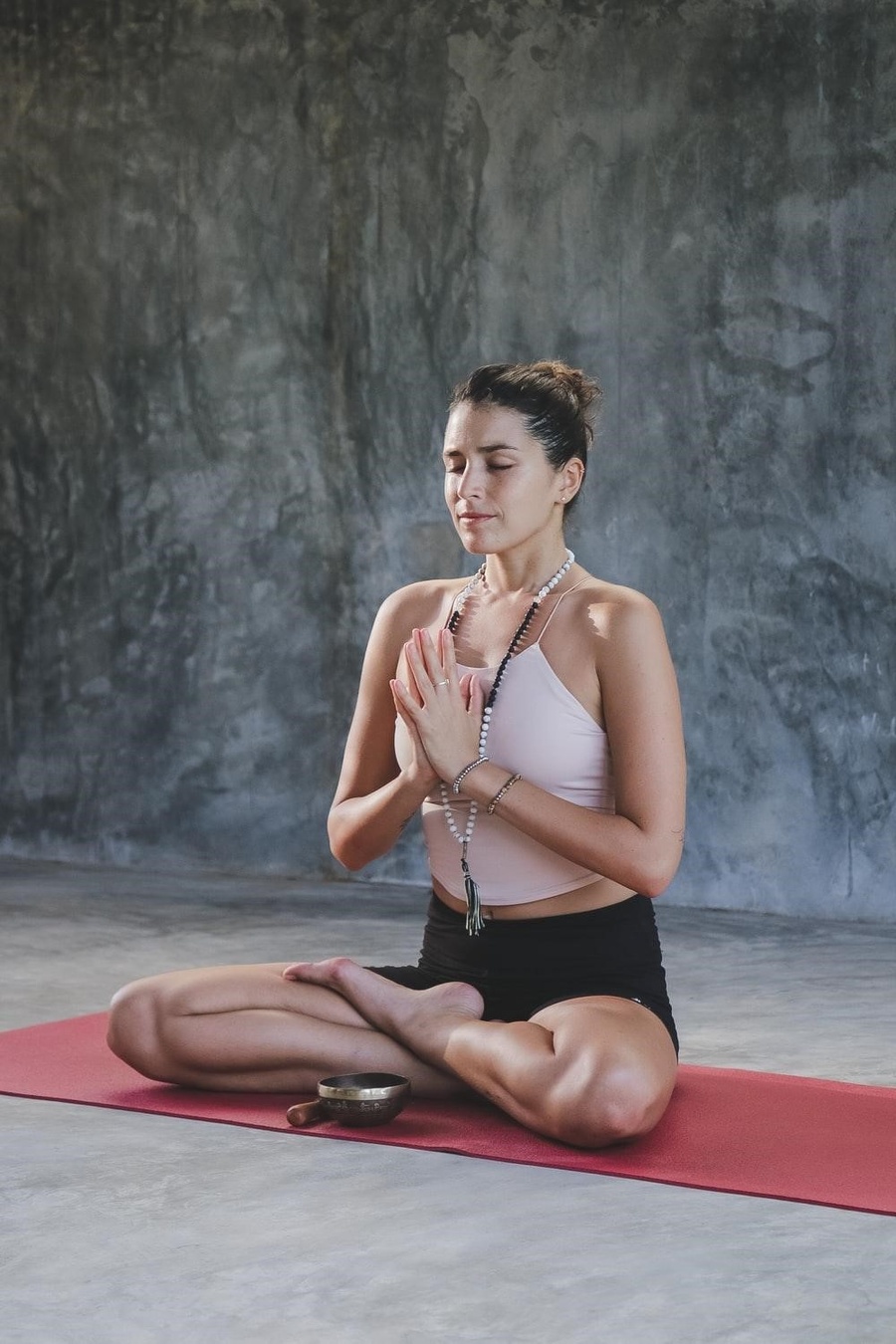
The techniques mentioned below will increase your 'Chakra Awareness,' allowing you to be more sensitive to the energies used by healers. As a part of this favorable side effect, you'll be able to use Universal Energy's power even more efficiently.
But before we begin the breathwork process, keep in mind that the best way to learn these techniques is to practice them on yourself. A short and easy self Chakra Breath Test is needed to see how they actually function and affect you.
The Chakra Breath Test is a Reiki version of the Body Oxygen Level Test, which determines your breathing volume and energy consumption.
In short, the optimal Body Oxygen Level Test time was determined to be 40 seconds time after time. To avoid being too scientific, the lower the BOLT score, the higher the breathing volume, implying that you are consuming more oxygen than you need.
According to the Chakra Breath Test, this indicates that you are wasting much more energy than you want. Our Chakras, which rotate in a clockwise direction, were not constructed to deal with such high amounts of energy.
Remember that as you breathe in, you pull in all that comes with it, including toxins, carcinogens, and other substances that can all have a negative impact on how your Chakras work.
Measure Your Chakra Breath
To get a correct reading, take a seven-minute break before calculating your Chakra Breath
value - one minute for each Chakra. First, read the instructions closely and make sure you have a timer on hand.
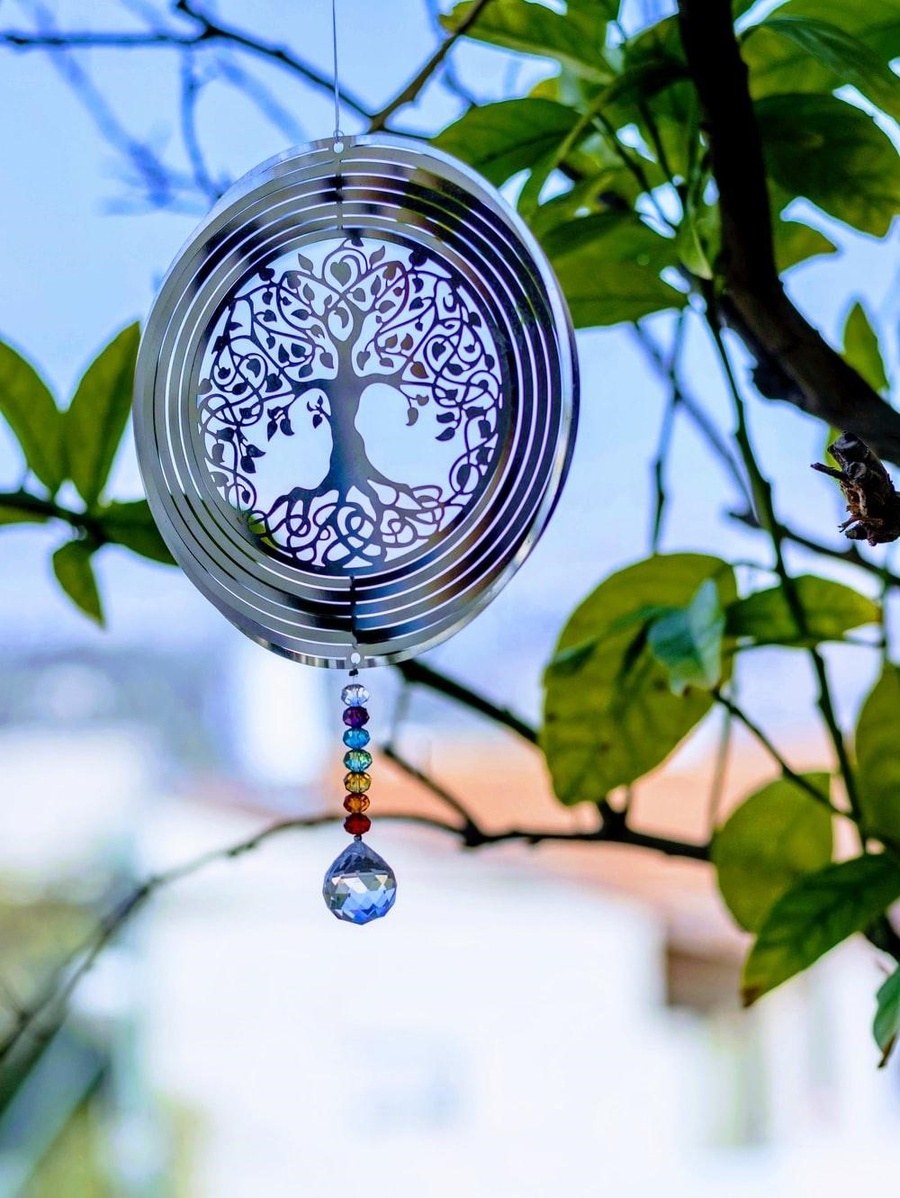
Steps to follow:
Take a regular (not deep) breath in through your nose and a normal breath out through your nose. Cover your nose with your fingertips to prevent excess energy from flooding your lungs.
Time how long it takes you to feel a deep need to breathe or the first pressures in your body encouraging you to do so. These sensations include the need to swallow, a constriction in the throat, and spontaneous contractions in the upper and lower stomach.
After opening your nose, stop the timer and breathe in through your nose. At the end of the breath-hold, the inhalation should be normal.
Repeat this exercise three times again, averaging the results. When you feel the need to take a rest, remember to stop the timer.
You may have dysfunctional breathing if you find yourself gasping for air or if your neck, head, and shoulders rise up with the breath or when holding the breath, or if your Chakra Breath time is less than 20 seconds.
If your Chakra Breath value is between 20 and 40 seconds, your situation may be less serious, but you may need to do a lot of breathing.
This, however, should not be seen as a cause for alarm; many people have inadequate breathing techniques, and the good news is that with practice, you will reach the ideal level of 40 seconds.
Now that you've measured your Chakra Breath value, it's time to concentrate on your breathing. The techniques described here can not work for everyone, and there are several others available. Take the time to study different practices to find the one that best fits your needs.
Diaphragmatic Breathing - Belly Breathing
Diaphragmatic breathing, also known as "belly breathing," involves completely engaging the stomach, abdominal muscles, and diaphragm when breathing. With each inward breath, you must consciously pull the diaphragm down. In this way, diaphragmatic breathing aids in the effective filling of the lungs.
The majority of people breathe from their chest, which is anatomically incorrect. Take a long, deep breath to see whether your back, elbows, neck, ears, or chest shifts upwards as a result.
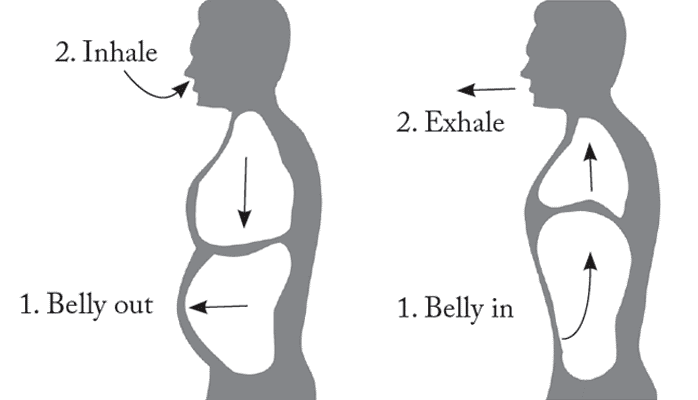
If they are, it is causing suffering in your life. The lungs, you know, are situated near the Sacral Chakra, below the chest cavity. As a result, breathing into your mouth is inefficient and your lungs can not absorb oxygen.
In other words, you're focusing the energies in the wrong direction - the Heart Chakra. This can lead to blood clots, elevated blood pressure, and even muscle atrophy. The first step toward restoring equilibrium is to fix the imbalance.
This is split into two sections:
- Using the lungs and the Sacral Chakra to breathe.
- Visualize and experience the Universal Energy light inside you.
Proceed after reading the following instructions:
- Close your eyes and take a deep, steady inhale through your nose.
- Visualize Universal Energy's light entering and passing through each of your Chakras.
Breathe deeply into your lower body, all the way down to your lungs' bottoms. Keep your chest, shoulders, and neck from rising. Visualize the energy filling the lungs with positive light like a gas.
Observe how the belly, back, and sides expand as a result of this powerful energy. Enable this energy to cure your chakras that are in agony by holding it in. Exhale slowly, making a tiny o with your lips. Enable the negativity to escape the body as you exhale slowly and deeply. Exhale fully until the lungs are almost flattened.
This is how you will be able to breathe. This is how you can breathe. If you hold your breath at the chest, no energy reaches the Lower Layer of your Chakras. On the other side, your Upper and Middle Layers are overworked. Visualizations will assist you in guiding this breath as it cleanses and reorients your Chakras in the proper direction.
The hue of the light always changes as it passes through a Chakra. It means the Universal Energy is responding to the individual body and aura. This is a good place to learn if you want to improve your breathing patterns in your daily life.
Concentrate more on visualizing light and energy flowing through your body if you've been used to this breathing form. When you start to notice patterns and energetic disturbances surrounding you, taking note of these small differences will help you diagnose others.
The Dry Bath - Kenyoku-Ho
This is a Japanese Reiki purification technique. Before entering a temple or holy place in Japan, there is typically a place near the entrance with running water where one can ritually cleanse oneself before entering. Kenyoku, which literally translates to "dry bathing," is a method of ritual purification that relies on energy rather than water.
This is a useful method to use both before and after providing Reiki treatments. It can be used at any time of the day or if one feels the need to release negative energy.
Steps to take:
- Close your eyes gently and inhale deeply through your nose
- With your right hand, place your palm on your left shoulder
- Slowly shift your hand diagonally down to the right hip while slowly exhaling in smooth and gentle clockwise circles
- Repeat the process with the other hand. Take your time and don't hurry
- Extend your left arm and place your right hand on your left shoulder
- Stroke all the way down your arm to your wrist and fingertips. And, as though you're tossing out some bad energies, fling your right hand into the air
- Repeat the process with the other hand
- Practice diaphragmatic breathing for one minute after each 'wash'
- Repeat the stroke down the left arm again
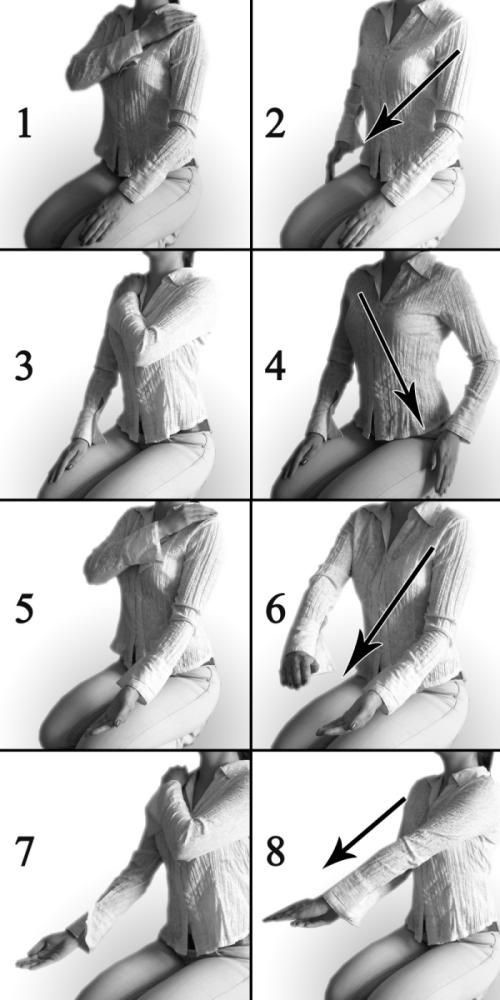
Energy Channeling
This breathing practice is designed to reinforce your connection to Universal Energy. You are no longer breathing air; now, you're drawing Reiki energies into your body. And take your time with this. If you don't feel the energy consumption, you might not be ready for this exercise.
Allow the energy to flow into you before you're able to absorb it:
- Breathe slowly and deeply through your nose, flaring your nostrils.
- Visualize positive energy pouring through your head and into your Chakras.
- Beginning at your Crown, take 7 breaths (both inhale and exhale) for each Chakra.
- Continue this process until you hit the Root Chakra.
- Continue breathing and imagine the light coming from your body and expanding into infinity until you've completed 49 breaths.
- Take a moment to unwind and become one with the light.
It's fine if you have to repeat this breathing exercise several times before getting it right. It's not about assessing your potential or inability to channel energy; it's about simply reacting to the situation.
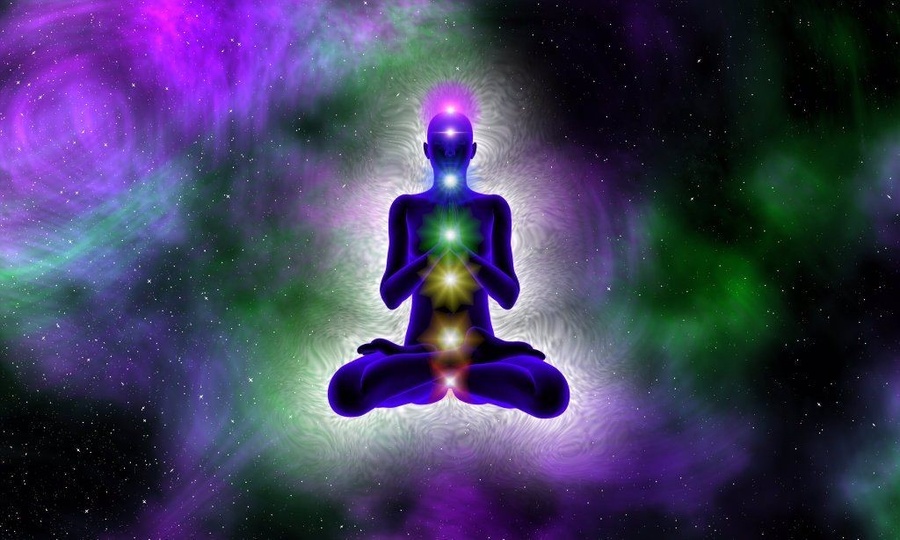
One of the Most Advanced Reiki Breathing Technique
This technique can help you with your Feeling Domain by allowing the corresponding Chakras to respond more sensitively to physical, mental, and spiritual touch. Notice that you can only try this after you've mastered The Dry Bath. Your Chakras can get sluggish if you don't do so.
Steps to follow:
- Close your eyes and stand with your feet shoulder-width apart
- Without flexing your jaw, connect your tongue to your palate
- Lift your arms slowly above your head. Do not flex or hold a tense position
- Inhale deeply through your nose and allow the positive energies to flow through your fingertips. Keep your hands on the spot for three seconds
- Exhale slowly by raising your hands above your shoulders. Keep your hands on the spot for three seconds
- Carry on with the procedure for each Chakra
- When you're done, raise your hands to the sky and release the positive light, energy. Slowly inhale and exhale as the light leaves your hands
- Relax

Related
Chanting And Toning With Karuna Reiki
The Karuna Reiki experience taught me that toning or chanting during a Karuna Reiki session causes profound shifts in the healing energy's vibrational frequency. The Mahayana Buddhist tradition of the bodhisattva Avalokitesvhara, who creates the Sound that Illuminates the World, validates this notion.
The Ethics Of Distant Reiki Healing
The Second Degree procedures teach you how to transmit powerful healing to anybody, anywhere, at any time, including the past and future. Using the Distant (Connection) Symbol helps you to construct a bridge between you and the person (or animal) you wish to heal.
Guided Meditation To Help Heal The Shadow Self Can Change Your Life
The shadow self refers to the aspects of ourselves that have been repressed into the unconscious — the aspects of ourselves that we are insecure about, ashamed of, or frustrated with. The shadow self-concept is based on the idea that we metaphorically bury those aspects of our personalities that we fear will not be accepted, accepted, or loved by others; thus, we keep them in the shadows.
How To Build A Successful Reiki Practice - FAQs
After you've mastered the techniques necessary to perform Reiki on others in-person and remotely, it is entirely up to you to decide whether Reiki is something you wish to pursue as a more formal public practice.
Integrative And Functional Medicine —Personalized Care For The 21st Century
The goal of integrative and functional medicine is to get to the root cause of health problems and treat the whole person with a combination of approaches—optimizing health for those who have it and restoring health for those who have lost it. Integrative medicine and functional medicine are often used interchangeably, but the terms are actually referring to two different approaches to patient care.
The Karuna Reiki Attunements
A common belief is that compassionate action is captured in this non-traditional form of Reiki. When used in conjunction with Usui Reiki, it has a powerful effect on its own, but even more so.
Karuna Master Symbols and Their Uses
Other healing systems incorporate the Karuna Reiki Master symbols. For instance, The International Center for Reiki Training incorporates the Usui Dai Ko Myo, Tibetan Dai Ko Mio, and Tibetan Fire Serpent into our Usui/Tibetan Reiki Master Training.
Kuan Yin - The Goddess Of Mercy
Kuan Yin is an example of an enlightened being. Bodhisattva, or enlightened being, guards the earth. The Chinese deity Kuan Yin is revered as a symbol of compassion and love.
Possible Side Effects Of A Karuna Reiki Attunement
Becoming a Reiki practitioner with the ability to heal oneself and others is a beautiful path that allows you to make a difference in the world. While it is exciting to receive an attunement in order to increase your frequency and connection to the universal life force energy, these attunements come at a cost.
The Traditional Karuna Reiki Attunements
Karuna is typically only taught to Usui Reiki Master practitioners. There are four levels of Karuna instruction. There are four levels of mastery in this system: two for practitioners and two for masters.
Original Karuna Attunements - The Sai Baba Reiki Attunements
For those wishing to view the original Sai Baba attunement process in order to compare it to later attunements, these are included for informational purposes only. You will notice a resemblance between these and the attunements developed later.
